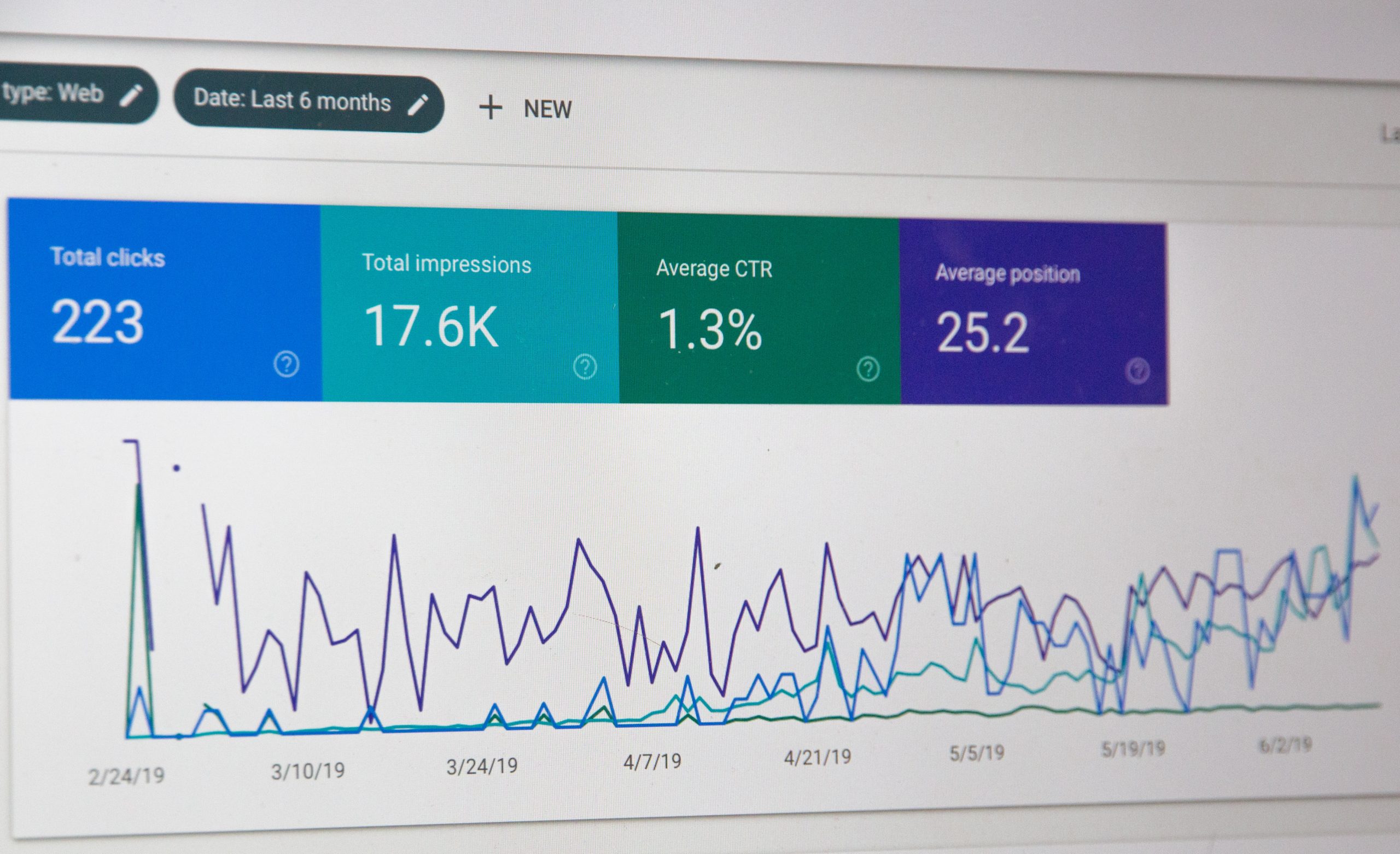How accessibility benefits Search Engine Optimisation


Search Engine Optimisation, also known as SEO, has become a popular buzzword among website owners: everyone wants to know how to increase their site visitors and rank higher in search results. One of the many ways a website’s SEO can be improved is through digital accessibility. Many different website metrics are used in search algorithms like Google, and though accessibility isn’t one of these metrics, SEO and accessibility have always gone hand in hand. This blog details how implementing accessible web design practices impacts your website’s SEO for the better.
Having a unique title for each page on your website isn’t only one of the Web Content Accessibility Guidelines (WCAG), but also improves SEO. Search engines use titles to summarise a webpage’s contents in search results, thus encouraging users to click on it. Well-titled pages are more likely to rank higher in results – a common SEO practice is to use target keywords or write titles in the form of a question.
Similarly, headings give search engines a quick overview of what a webpage contains. If headings are used correctly, they can even help search engines and users with disabilities to understand how a webpage is structured.
Search engines are unable to watch videos or understand what information an image is trying to convey. However, they can crawl through video transcripts and image alt text, which are important requirements of the WCAG.
Alt text should be descriptive and not filled with random keywords for the sake of SEO – images with accurate alt text are more likely to appear in Google Image Search results. Using unique link labels also improves SEO because it provides more text for search engines to crawl through, as well as give them and users an idea of the contents of the linked page.
Text content that is clear and easy to read is another WCAG requirement. Users with disabilities find it easier to understand information if complicated jargon is avoided or explained well. Clear and concise content is also easier for search engines to crawl through and include in search results.
Navigation elements like breadcrumb menus and sitemaps explain how a website is organised. People with disabilities can more efficiently browse a site that implements these elements, while search engines use breadcrumbs and sitemaps to quickly find and analyse new and updated pages and add them to the search database.
Accessibility and SEO benefit hugely from user-friendly designs. Sites with easy-to-follow user journeys, good colour contrast, and keyboard accessibility are more likely to be visited by users. Good user experience leads to higher engagement and more organic site traffic, which conveys to search algorithms that your website should be recommended to others and appear higher in the rankings.
The fundamentals of SEO and accessibility have obvious overlaps: SEO best practices are often accessibility best practices, too. People with disabilities make up a large portion of our population, and inaccessible websites lead to poor experience and lower visibility in search results. Contact IA Labs today to learn more about how you can implement digital accessibility to improve your website’s SEO.